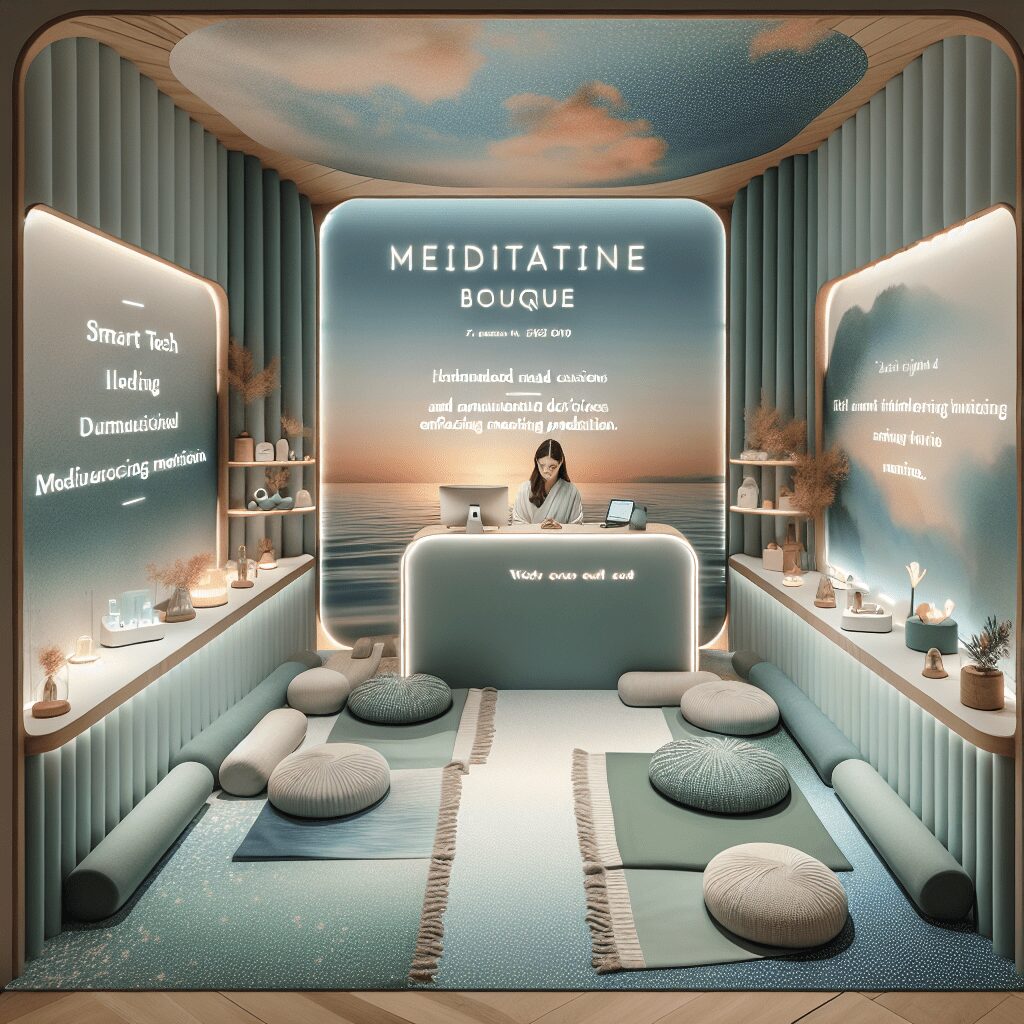
Prioritize your mental well-being daily. Enhance your life by nurturing your mental health with the Smart Meditation app. Break free from stress, alleviate anxiety, and enhance your sleep quality starting today.
Is Meditation Cultural Appropriation?
Navigating the Complex Ties Between Meditation and Cultural Appropriation
In the dizzying swirl of holistic wellness trends that have swept across the West, meditation has perched itself comfortably at the forefront. The practice, however, is as ancient as the hills, intertwined deeply with various cultures across Asia. As it becomes a staple in wellness apps and studios from LA to London, a pressing question surfaces: Are we dabbling in cultural appropriation each time we close our eyes and seek inner peace?
Understanding the Roots of Meditation
First things first, let’s untangle the origins of meditation. This practice isn’t the brainchild of any single culture. Its roots are as diverse as the subcontinent of Asia itself, spanning from the mindfulness practices of Buddhism and Hinduism to the contemplative traditions of Taoism and Sufi Islam. Meditation, in its purest form, was a conduit for spiritual awakening, a method to transcend the ego and unite with the divine.
Fast forward a couple of millennia, and meditation has morphed into a multimillion-dollar industry, peddled as a panacea for everything from stress to chronic pain. But here’s where things get sticky. When does the line between cultural exchange and cultural appropriation begin to blur?
The Thin Line Between Exchange and Appropriation
At its heart, cultural exchange is a two-way street; it’s Newton’s Third Law applied to culture—every action has an equal and opposite reaction. It enriches societies, spawning a beautiful mosaic of intercultural understanding. Cultural appropriation, on the other hand, is a one-way ticket. It’s taking without giving back, stripping a practice of its depth, history, and meaning, reducing it to a trendy accessory.
So, when folks tread the meditation path without acknowledging its rich cultural tapestry, it does seem a tad disrespectful, doesn’t it? The key here is not to lock meditation away under the “do not touch” glass, but to approach it with the respect and curiosity it deserves. Here’s the kicker: knowledge and gratitude are the antidotes to appropriation.
The Dos and Don’ts: Respecting the Practice
So, how does one meditate without unwittingly pilfering from another’s cultural treasury? Buckle up, ’cause here’s a guide that might just save you from some serious side-eye:
-
Do Your Homework: Before diving headfirst into meditation, take a beat. Unearth its origins, the different forms, and the philosophies they spring from. Knowledge, after all, is power.
-
Acknowledge and Appreciate: Like thanking the chef after a marvelous meal, give a nod to the cultural roots of meditation. Acknowledgment is a simple yet powerful act of respect.
-
Ditch the Stereotypes: If your idea of meditation involves mimicking an “exotic” accent or dressing up in traditional Asian attire for that Insta-worthy shot, you’ve veered into appropriation territory. Keep it authentic, not performative.
-
Share, Don’t Steal: If you’re teaching or sharing meditation, ensure it’s a cultural exchange. Highlight its history, encourage understanding, and if you’re profiting, consider how you can give back to the communities whose practices you’re leveraging.
The Verdict
So, is meditation cultural appropriation? Yes and no. It teeters on the brink, swayed by intention, respect, and awareness—or the lack thereof. Like borrowing a treasured book from a friend, how you treat it speaks volumes. Meditation, stripped of its spiritual essence and commodified, can indeed be an act of cultural theft. But treated with curiosity, respect, and a genuine intent to learn and honor its traditions, it becomes a bridge between cultures, a testament to humanity’s quest for universal truths.
In essence, let’s not toss meditation into the “too hard” basket over fears of cultural appropriation. Instead, let’s embrace it conscientiously, celebrating its diversity as a cultural mosaic, not a monolith. After all, in the seeking, we may just uncover more than relaxation; we might just find understanding and connection in a world that sorely needs it.




